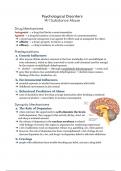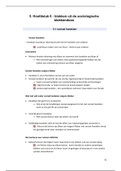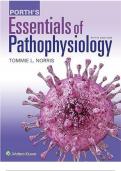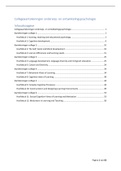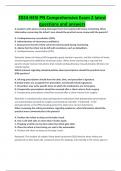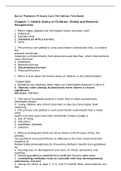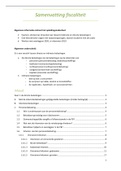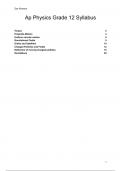Samenvatting
BIOPSYCHOLOGY (Kalat), chapter 14 summary: "Psychological Disorders"
- Instelling
- Rijksuniversiteit Groningen (RuG)
NOTE: section 14.4 has been excluded due to course demands of my university. A well-organized summary of the 8th chapter of Kalat's book "Biopsychology". This chapter covers important information about several psychological disorders. I recommend this summary to people who had a difficult time with...
[Meer zien]
